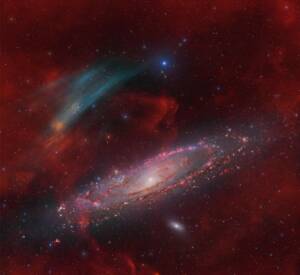
Discovery of the M31 [OIII] emission arc
Recently, a major discovery by an international team of amateur astronomers and scientists has become a huge online hit, and this new discovery is just located in one of the
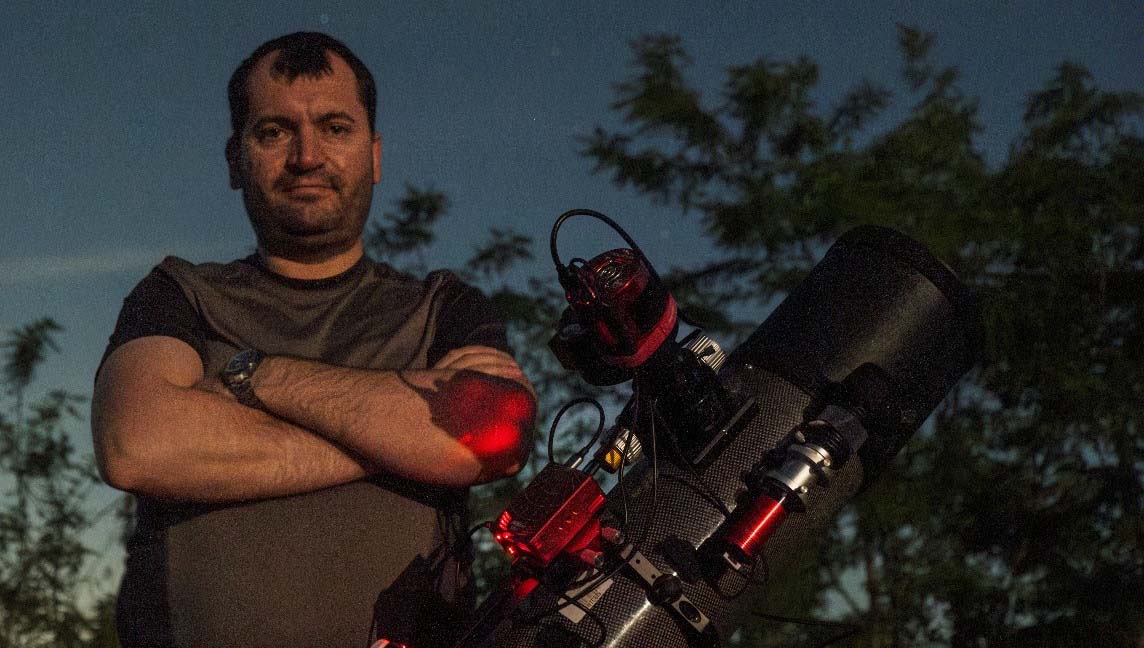
Hello Vasile, thanks for accepting our interview invitation. Congratulations on winning the ASIWEEK competition in week #32/2024!
Hello and many thanks to ZWO team for choosing my image as ASIWEEK winner. It was really a very nice surprise.
My name is Vasile Unguru, 44 years old and I am a passionate astrophotographer from Bucharest – Romania. I share my astro images on Astrobin https://www.astrobin.com/users/Vasile/ and Instagram https://www.instagram.com/night_sky_adventurer/.
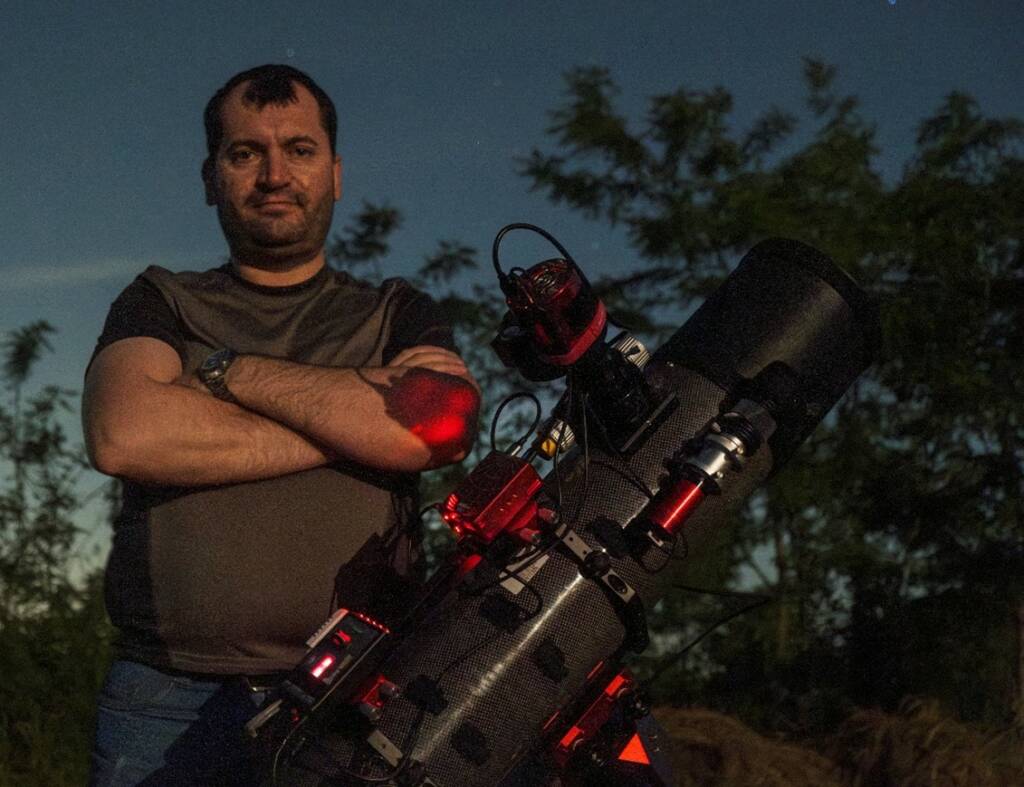
I started the astrophotography journey at the end of 2018 when I managed to gather basic equipment to help acquire my first images of deep sky objects. I had at that time a modified DSLR coupled with the small William Optics Z61 refractor driven unguided by the Celestron AVX mount. I quickly upgraded to a dedicated camera, the ZWO ASI 294MC Pro.
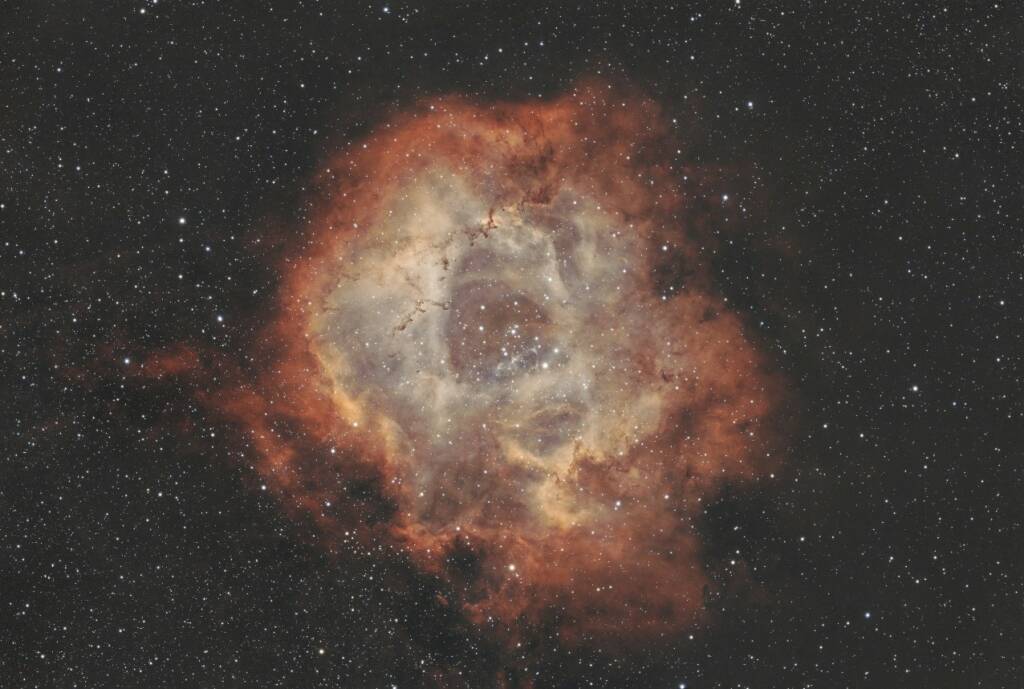
Firstly, I want to say that I was fascinated by the cosmos and the beauty of the night sky since I was a kid. I remember I was 12-13 years old when I was watching documentaries about the discoveries science had made using the Hubble space telescope.
And secondly, astrophotography is a great opportunity for us amateurs and enthusiasts to stay connected with the universe, to see (photograph) the unseen. There is also a big sense of achievement in practicing it which keeps me motivated.
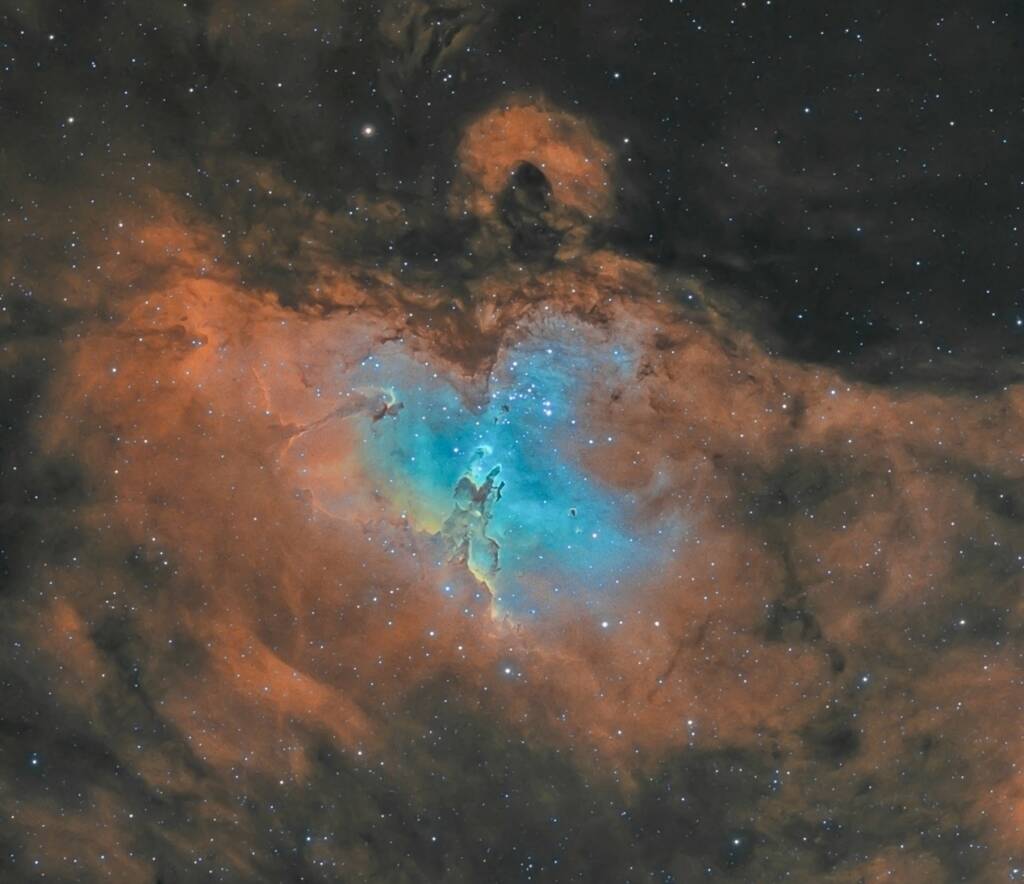
I don’t find difficult anymore. I think I learn quite quickly that astrophotography is a test of patience and perseverance. In fact, I dare to say that this hobby taught me how important patience really is. I also was inspired by many more experienced photographers and amazed by their long integration times.
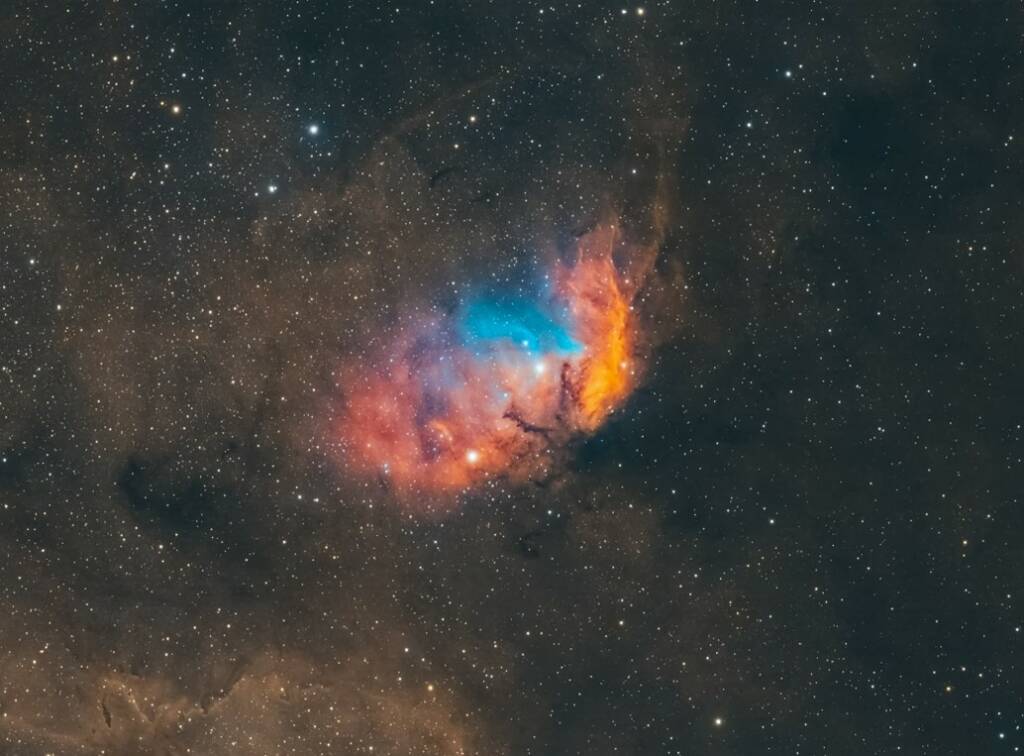
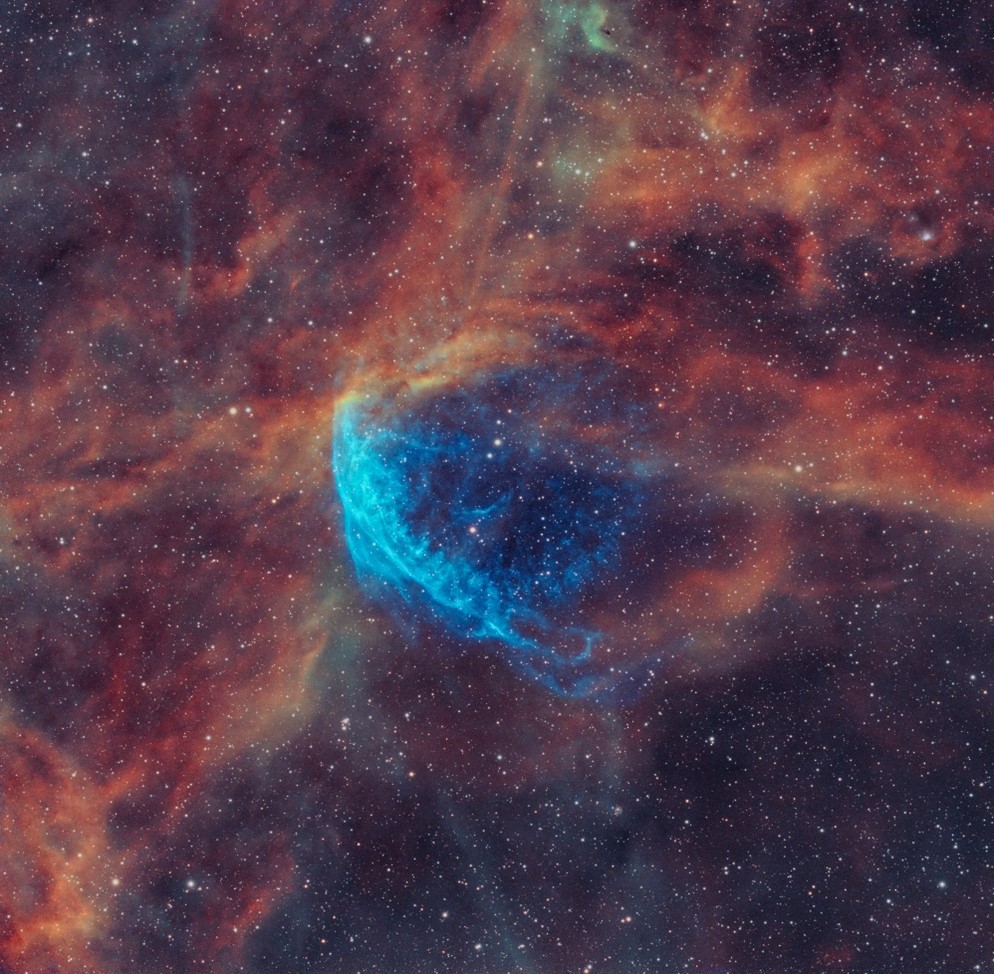
Of course, in the winning photo we see the Messier 96 galaxy or NGC 3368, which is a spiral galaxy in Leo constellation. I had some tries at the end of last year but did not manage to complete a full sequence of mono LRGB imaging. And as I said before, patience being the key, after a long period of clouds, the skies finally cleared up and I succeeded to complete the desired integration time of 21 hours in total; 12 hours of Luminance and 9 hours equally distributed between R,G and B filters.
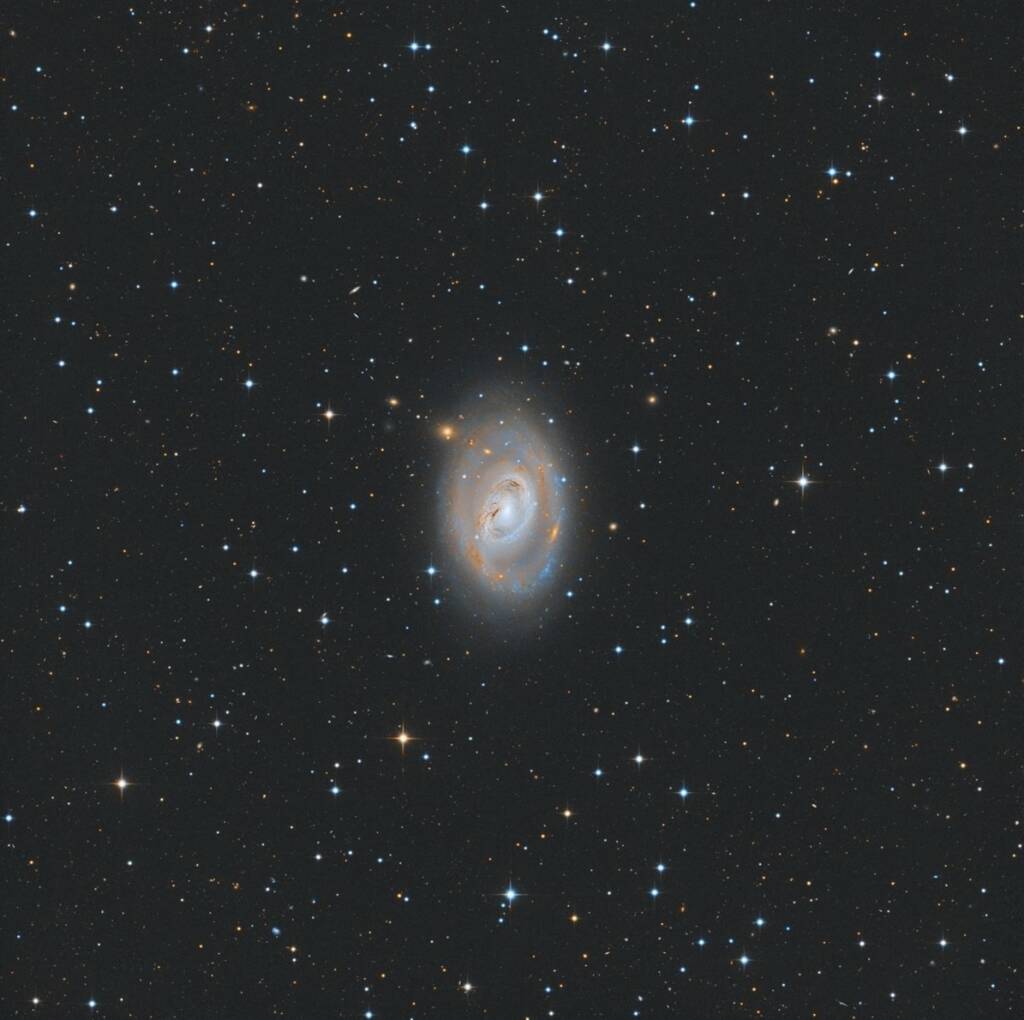
I live in a capital city with very polluted skies, bortle 8-9 so I always travel to darker skies to take astro photos. Besides that, I also image remotely with one of my equipment being hosted at a remote observatory.

Regarding the processing I would say that I try to be very methodical. I want the images to be clear of all unwanted artifacts, outliers or unwanted noise and gradients before I do any proper processing. For this, I always collect calibration frames like darks or flats and flat darks. I will share here the most important steps I take with all the images I process:
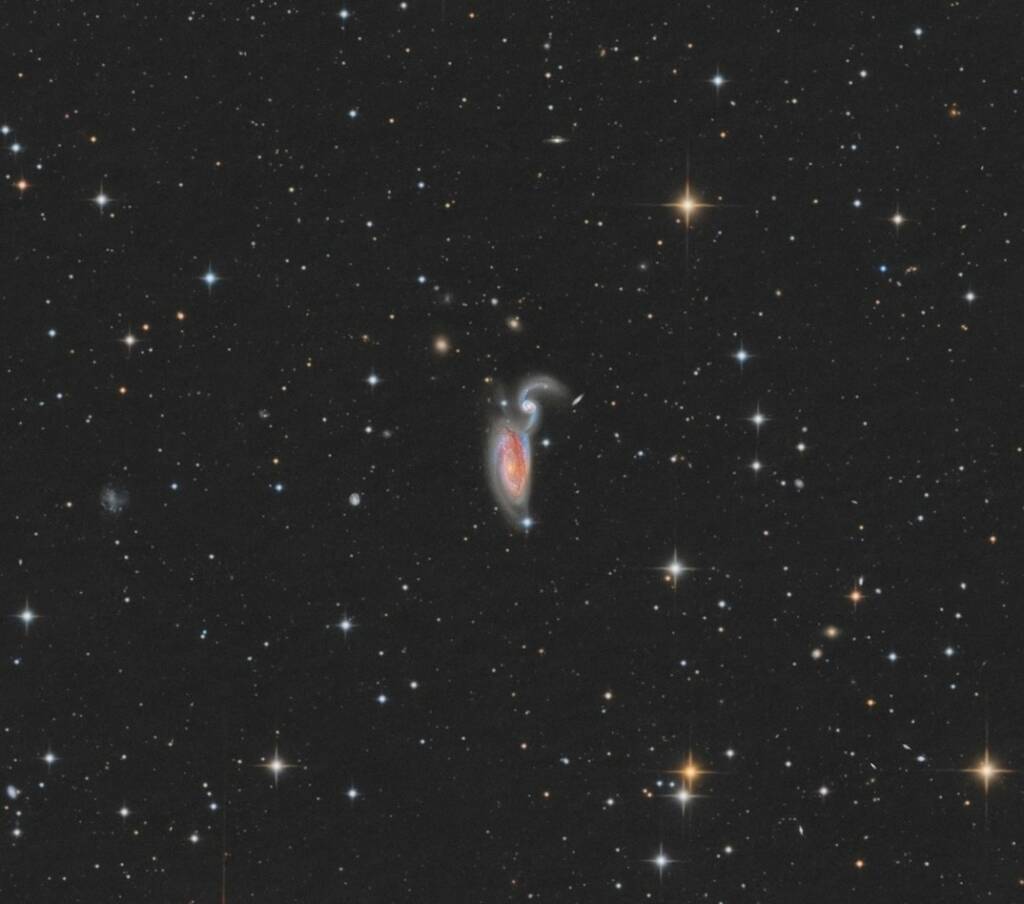
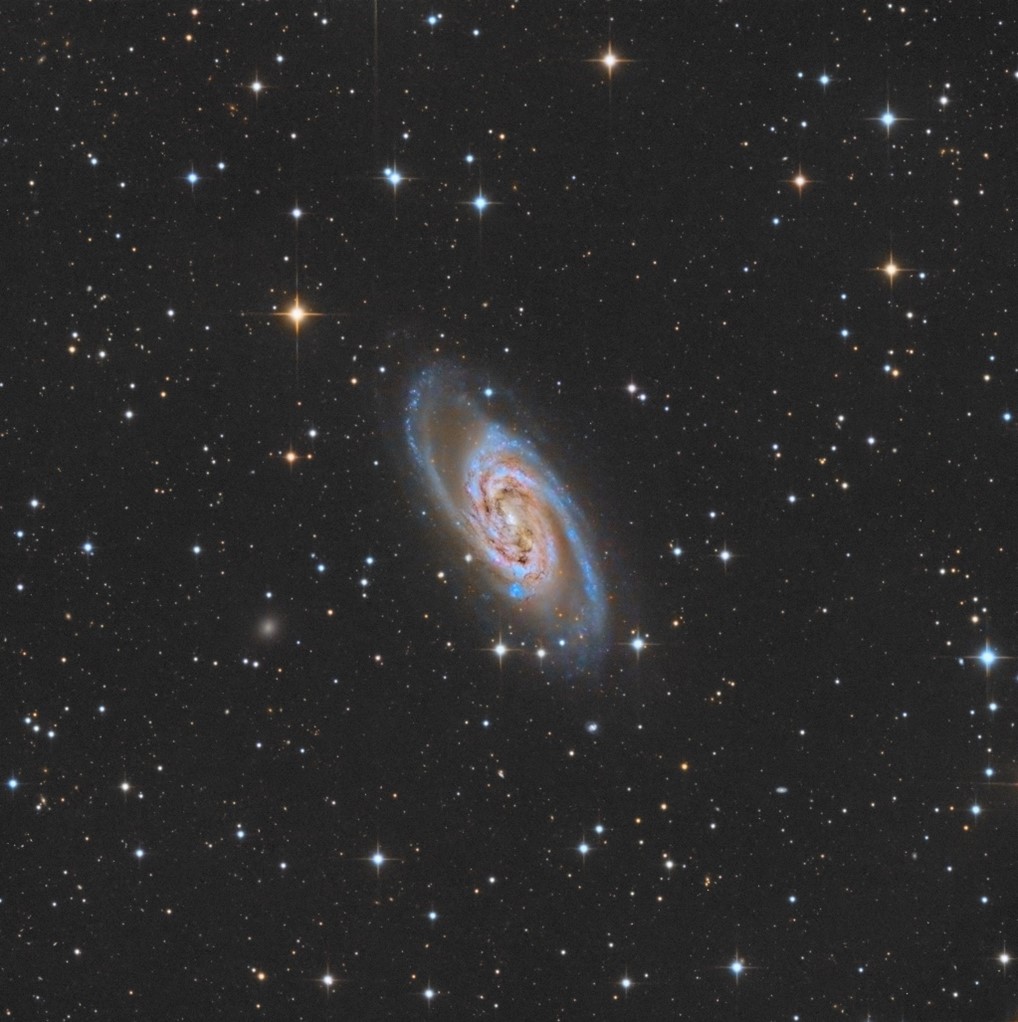
For the image of M96 I used the ASI 533MM Pro camera connected through EFW and LRGB filters to a 10 ‘’ F4 Newtonian telescope and all that being driven by Skywatcher CQ350 mount. Guiding was done using an OAG and the ASI 220 mini camera. To control all the equipment I was using a mini windows pc. All this equipment is being hosted at a remote facility and controlled remotely.
But, I also image by traveling to dark sky locations. For this I use a smaller 6’’ Newtonian or the Samyang 135mm lens combined with cameras like the ASI 1600MM Pro, ASI 533MC Pro and the ZWO AM5 mount.
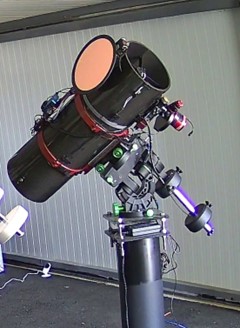
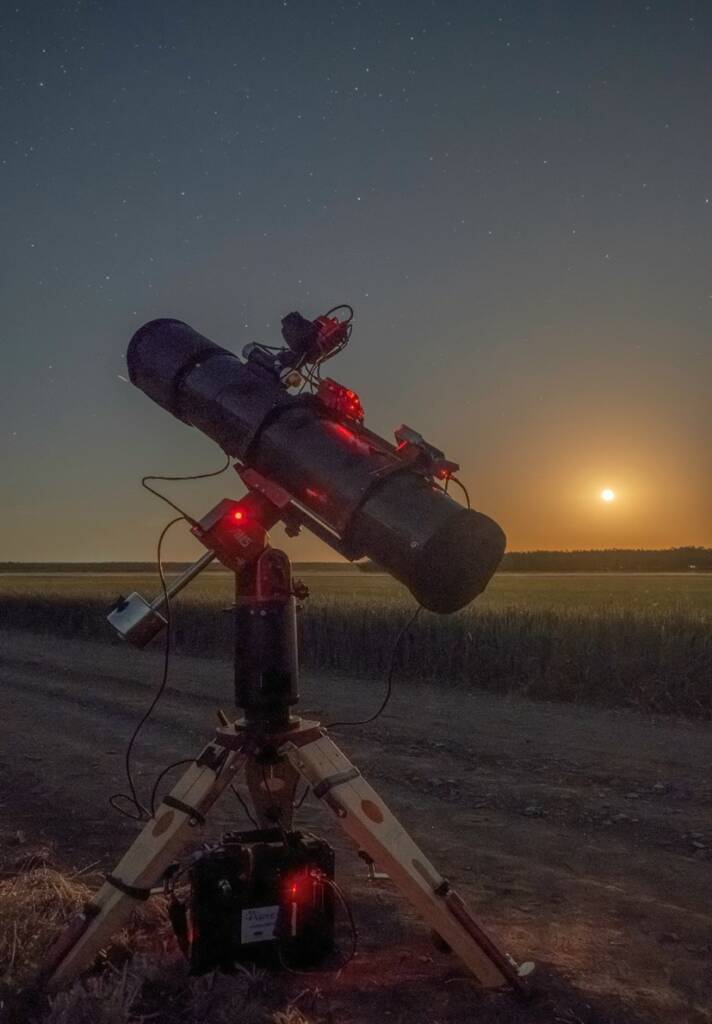
Sure, I can’t forget in one of my nights out when I arrived at the dark site, the weather was not exactly what I expected. We saw that two summer storms were forming nearby but still I decided to assemble the equipment and try to image. And the best part was that those storms did not approach us and I was still able to image for 2 or 3 hours. I remember I was collecting data for a long integration project at that time, the SH2-188 The shrimp nebula, a very faint but beautiful object.
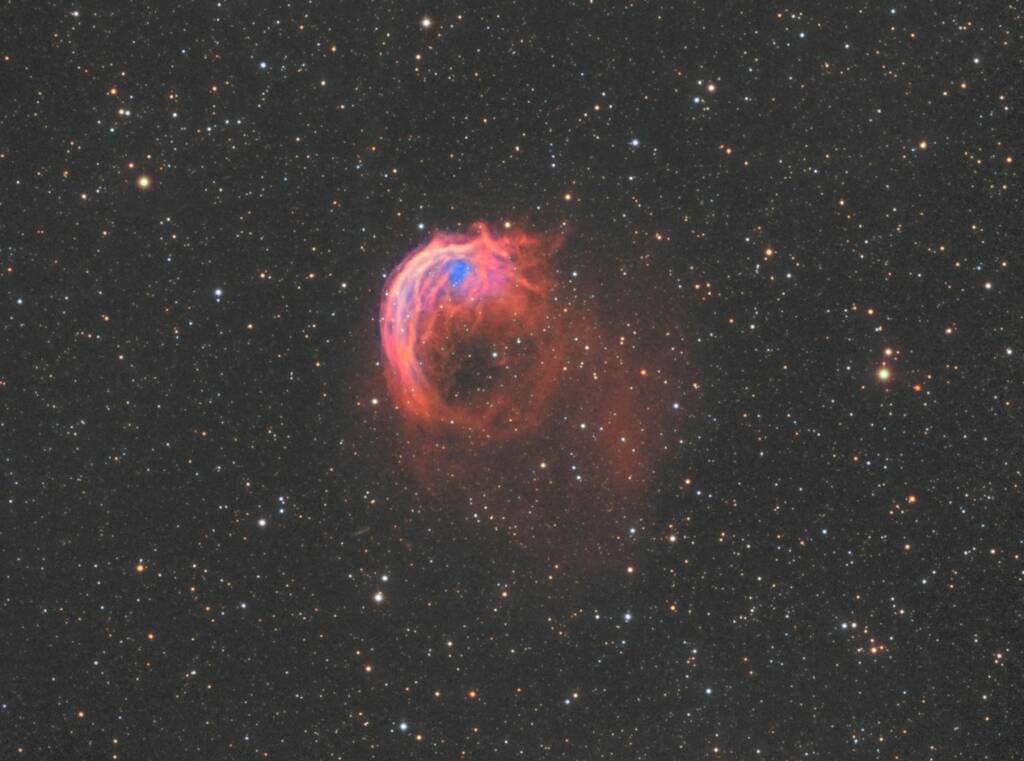
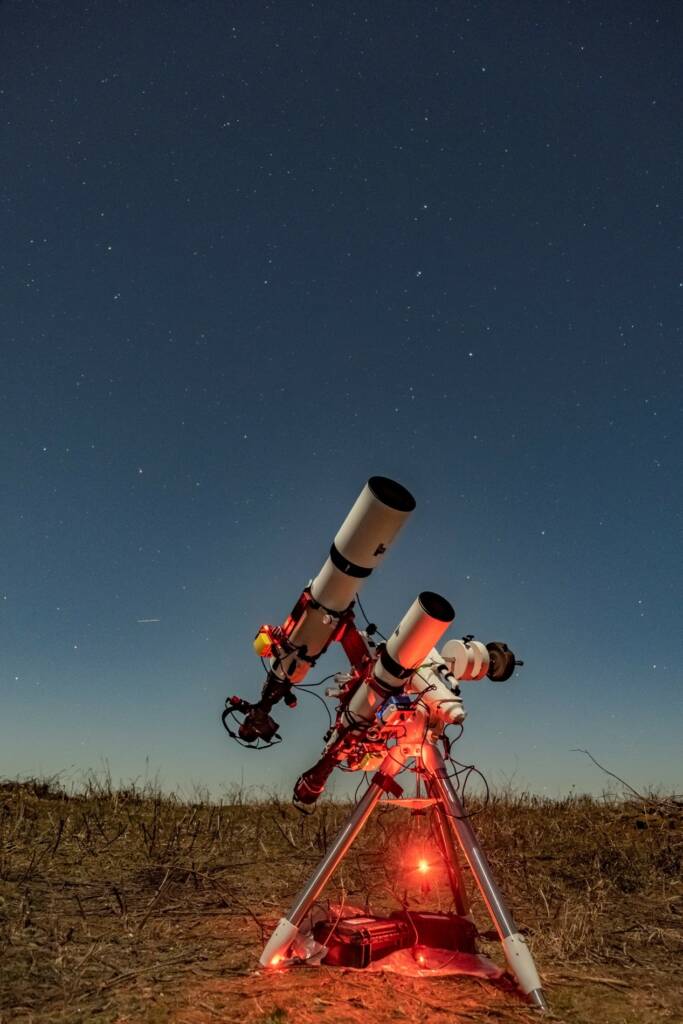
I bought my first ZWO product 5 years ago, the ASI 294MC Pro color camera. Over the years I bought many ZWO products like 4 Asiair units, cameras like ASI 183MM Pro, ASI 1600MM Pro, ASI 533 MC Pro, ASI 533 MM Pro, ZWO AM5 mount.
I would say my top 3 favorite zwo equipment are the legendary ASI 1600MM Pro, the AM5 mount and the ASI 533MM Pro.
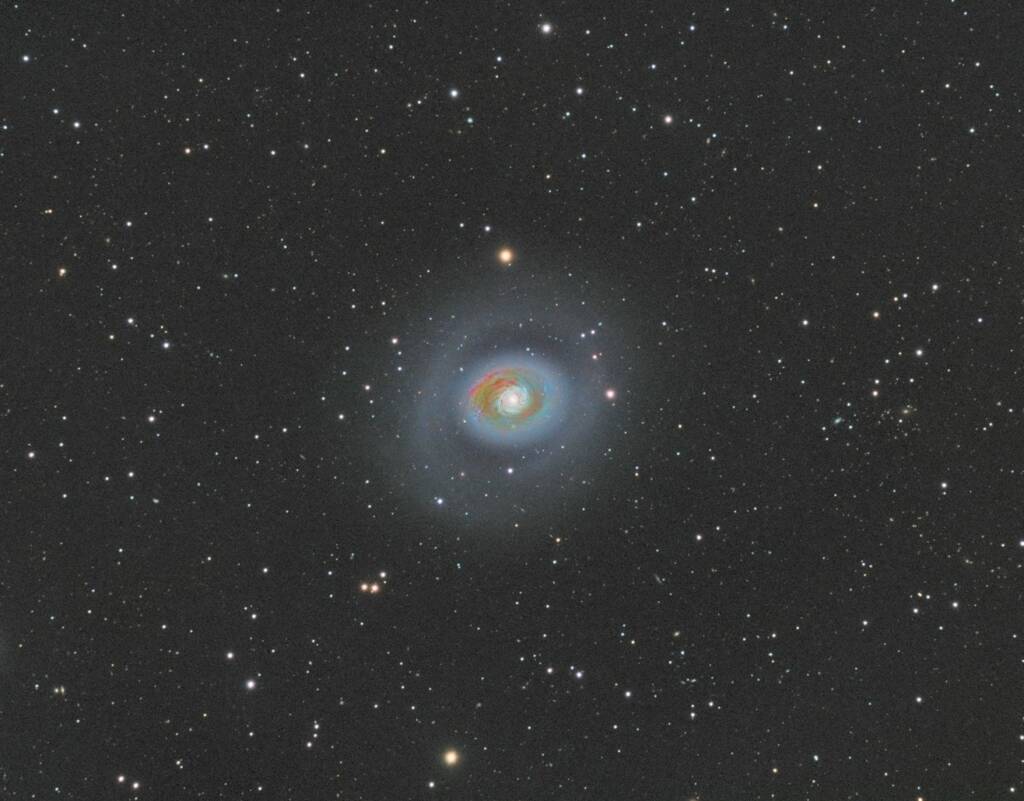
The development of astrophotography equipment was tremendous in the recent years. It is still expensive, but the variety of equipment and ease of use are able to bring more and more people into the hobby. I am very impressed by the recent clean sensor cameras, the hybrid and harmonic tracking mounts and all other necessary accessories like filter wheel, focus devices, etc. Not to mention the software used for acquire and process the images which like the hardware makes the life for us so much easier and the astro experience more and more enjoyable.
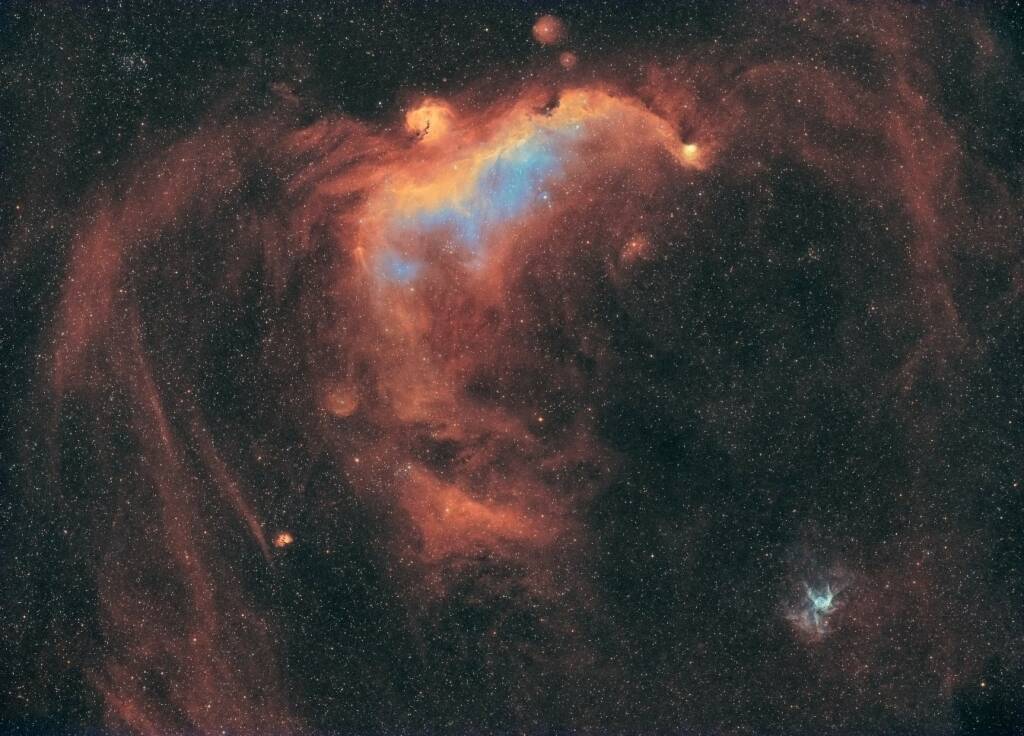
I would say that it’s very important to keep in touch with the user community and work with their feedback, to keep innovating and improving the ZWO ecosystem. One day I would love to see an Asiair unit capable of controlling more than one camera in a multi scope setup.

Recently, a major discovery by an international team of amateur astronomers and scientists has become a huge online hit, and this new discovery is just located in one of the
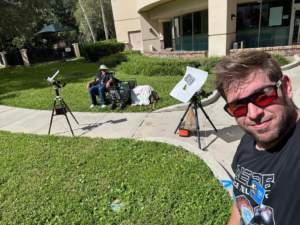
That 11-year-old boy staring at Horsehead Nebula photo would never have imagined… Decades later, he’d be capturing amazing deep-sky images from his Florida backyard! “ It was amazing to see

Hello,Sara Harvey,thanks for accepting our interview invitation. Congratulations on winning the ASIWEEK competition in week! Q1: At first, congratulation that your nice image won #ASIWEEK. Can you introduce yourself to
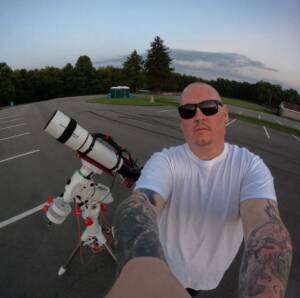
Astrophotography is more than just capturing images of the night sky—it’s a journey of discovery, patience, and creativity. For this passionate astrophotographer, what started as a chance encounter with a
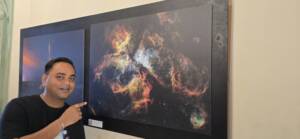
Taranjot Singh, an Indian origin Australian astrophotographer who is making waves on the international stage. Taranjot has been recognized as one of the Top 5 finalists in the prestigious Siena
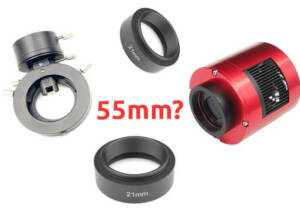
The back focal length is advised by telescope manufacturers. Since most telescopes have a 55mm back focal length, we are here to provide detailed instructions for all ASI cooled cameras.Please